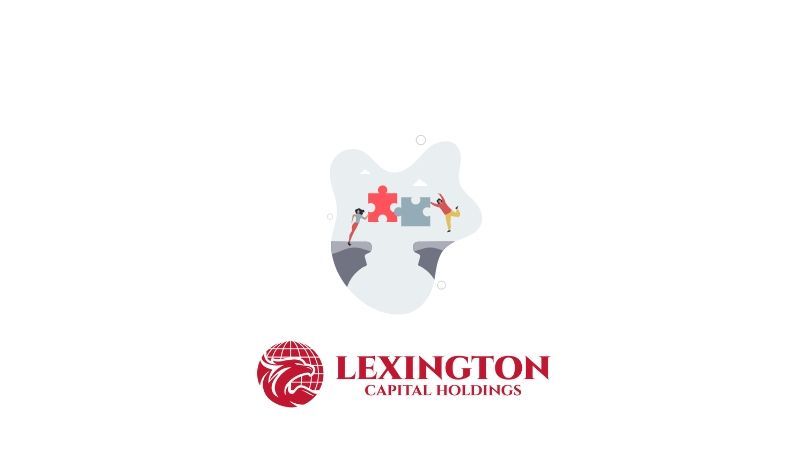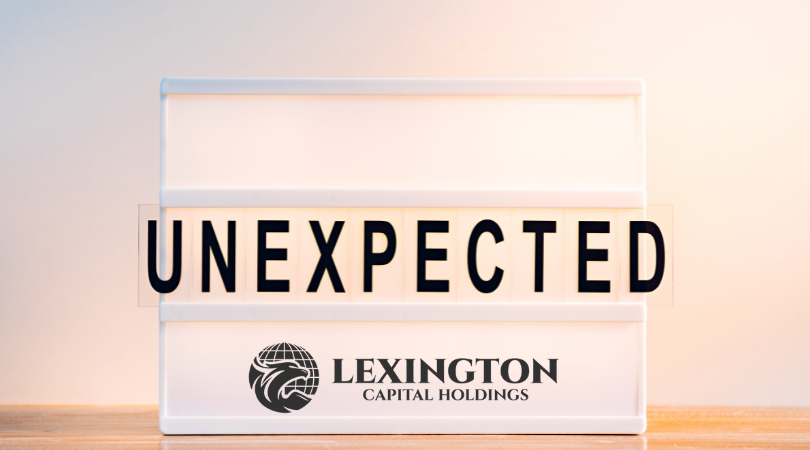How to Choose the Right Financing Option for Your Business: SBA Loans vs. Alternative Lending
How to Choose the Right Financing Option for Your Business: SBA Loans vs. Alternative Lending
Securing financing is one of the most important decisions a business owner can make. The right funding option can fuel growth, stabilize cash flow, and provide the necessary capital to scale operations. However, with so many options available, including SBA loans and alternative lending solutions, it’s crucial to understand which financing path best suits your business needs. Here’s a breakdown to help you make an informed decision.
1. Understanding SBA Loans
The U.S. Small Business Administration (SBA) offers government-backed loans designed to help small businesses secure funding with favorable terms. These loans are issued by approved lenders but are partially guaranteed by the government, reducing lender risk and allowing for more flexible requirements.
Pros of SBA Loans:
- Lower Interest Rates – Typically lower than traditional bank loans and alternative lending options.
- Longer Repayment Terms – Making monthly payments more manageable.
- Higher Loan Amounts – Can be used for various business expenses, including expansion, working capital, and equipment.
- Government-Backed Security – SBA guarantees reduce lender risk, making approval easier for qualified businesses.
Cons of SBA Loans:
- Lengthy Application Process – Requires extensive documentation and can take weeks or months for approval.
- Strict Eligibility Requirements – Credit score, revenue, and time in business impact approval.
- Collateral Requirements – Some SBA loans may require assets as security.
Best For: Established businesses with strong financials, those seeking lower interest rates, and businesses that can afford a longer approval process.
2. Understanding Alternative Lending
Alternative lending refers to non-bank financing options, including online lenders, fintech companies, and private lenders. These options have grown in popularity due to their fast approval times and flexible requirements.
Pros of Alternative Lending:
- Fast Approval & Funding – Many lenders offer same-day or next-day approvals.
- Flexible Requirements – Easier approval for businesses with lower credit scores or inconsistent revenue.
- Variety of Loan Options – Includes business lines of credit, merchant cash advances, invoice factoring, and term loans.
- Less Paperwork – Streamlined application process compared to SBA loans.
Cons of Alternative Lending:
- Higher Interest Rates – Can be more expensive than SBA loans.
- Shorter Repayment Terms – Monthly payments may be higher due to shorter loan durations.
- Lower Loan Amounts – Some lenders cap funding amounts based on business revenue.
Best For: Businesses needing quick access to capital, startups, those with lower credit scores, and companies with immediate short-term financial needs.
3. SBA Loans vs. Alternative Lending: Which One Should You Choose?
The right financing option depends on several factors, including your business’s financial health, how quickly you need funds, and your risk tolerance.
Factor SBA Loans Alternative Lending
Approval Time Weeks to months Hours to days
Interest Rates Lower Higher
Loan Terms Longer Shorter
Eligibility Requirements Strict More flexible
Loan Amounts Higher limits Varies by lender
Best For Established businesses, long-term projects Short-term needs, quick funding
4. Key Questions to Ask Before Choosing a Loan
- How quickly do I need funding? If you need capital immediately, alternative lending is the better choice.
- What’s my credit score? If your score is below 650, an SBA loan may be difficult to secure.
- How much funding do I need? SBA loans offer larger amounts, while alternative lenders may have lower caps.
- Can I afford higher interest rates? Alternative loans are costlier but provide fast access to cash.
- Am I looking for short-term or long-term financing? SBA loans are better for long-term needs, while alternative lending works well for immediate, short-term expenses.
5. Why Timing Matters
Applying for financing at the right time can impact your approval chances and the terms you receive. If you have strong revenue and credit, an SBA loan might be worth the wait. However, if you need fast funding for payroll, inventory, or an emergency, alternative lending may be the smarter option.
Conclusion
Both SBA loans and alternative lending have their advantages and challenges. Understanding your financial situation, business goals, and urgency for funding will help you choose the right financing path.
At Lexington Capital Holdings, we specialize in helping business owners find the best financing solutions for their unique needs. Whether you’re looking for an SBA loan or an alternative lending option, our team is here to guide you every step of the way.
Ready to explore your financing options? Let’s get started today.











